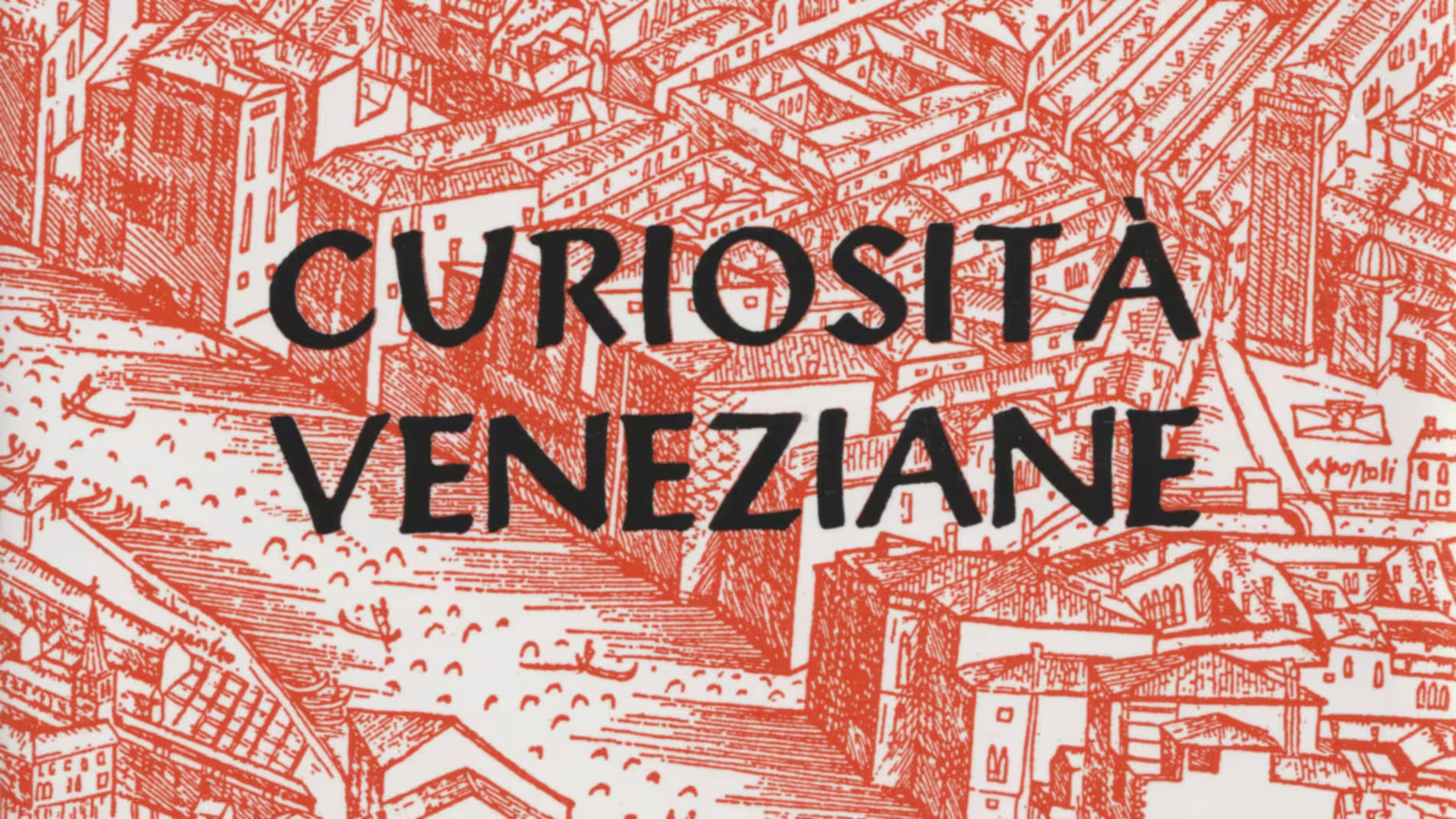Tana (Fondamenta, Rio, Ponte, Ramo del, Campo della)
Curiosità Veneziane by Giuseppe Tassini is the go-to book for information on Venetian toponyms, and a treasure trove of curious historical titbits. First published in 1863, it is still being reprinted regularly.
There is no English translation of the book, so I will translate selected entries on this site, whenever they’re used as sources for articles.
Tana (Fondamenta, Rio, Ponte, Ramo del, Campo della) at the Arsenale. The Tana, built in 1303, or 1304, and renovated in 1579 by the architect Da Ponte, as well as a workshop in the Arsenale, was a public and private hemp emporium. Here, having chosen the best, the hawsers and other large ropes were set up for the service of war and commercial vessels, nor was it allowed to form them elsewhere, especially when they had exceeded a certain thickness. This hall was called Tana, according to Gallicciolli, from the name of a swamp that dried up to form it, but, according to Algarotti, from Tana, a city located on the banks of the river Tanai, now Don, whence the canape was taken from the Venetians, and where up until 1281 they possessed vast warehouses, and other mercantile establishments, which subsequently suffered destruction and fires in 1410. It had an entrance, now closed, in Campo della Tana, while internally it communicated with the rest of the Arsenal only by means of a small door convenient for passing the sarchie (shrouds), which we find named in a decree of the Senate of 21 August 1539. The Tana was presided over by a magistracy composed of three patricians, who in ancient times bore the title of Uffiziali alla Camera del Cànevo, and later of Visdomini alla Tana, and who had their office in Campo della Tana in that building above which we can see the year 1589 with the coat of arms of the doge of the time Pasquale Cicogna, and above which there must also have existed, as can be clearly seen, the image of the Lion of S. Marco, now chiselled, but still visible on the next well between the Badoer, Bembo and Erizzo coats of arms, in memory of the three visdomini erectors of the same.
The Conzacànevi (carders of hemp) of the Tana gathered in devout sovvegno in the church of San Biagio, at the altar of the Madonna dei Sette Dolori, under the patronage of the Holy Cross. Even the Filacànevi della Tana once gathered, under the patronage of San Bernardino, in the church of S. Biagio, but later in 1488 they moved the school to the church of S. Giovanni in Bragora.
On the Fondamenta della Tana a ridiculous and strange event took place in 1775 which we want to report. Giuseppe Musolo, doctor, having some grudges with Matilde, daughter of Captain Lorenzo Cassinis, a nobleman from Padova, because he believed that she had done some bad things in disagreements with his brothers, caught up with her from behind one morning on the Fondamenta della Tana, and seized her by the neck, and throwing her to the ground, she lifts her clothes by beating her with bare flesh on the back parts, in the midst of the ridicule of the rabble. Therefore he was banished, and on that occasion a burlesque sonnet was divulged throughout Venice. See Miscellanea Cicogna N. 687.
The Campo della Tana was chosen in the past century by the Castellani to celebrate the so-called Forze di Ercole. See S. Gregorio (Campo etc.).
Related articles
Localities
Original Italian text
Tana (Fondamenta, Rio, Ponte, Ramo del, Campo della) all’Arsenale.


Leave a Reply